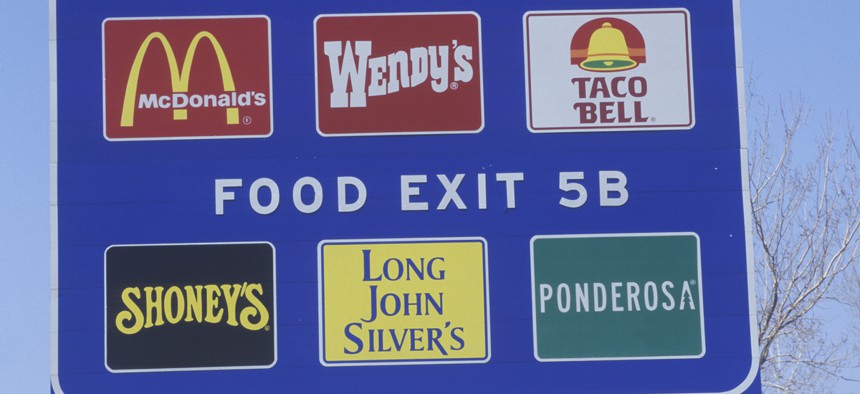Rural America Needs Help Solving Its Growing Obesity Crisis

Shutterstock
Regardless of the individual contributing causes of greater risk of obesity in rural areas, experts are mostly in agreement that more effective programs are needed in rural areas to assist people in learning how to live healthier lives.
People living in rural America are more likely to suffer from obesity than those living in and near cities. And while there are a number of reasons for this, public health experts in the world’s largest economy say there aren’t enough programs being deployed to help people overcome the problem.
The finding, presented in a pair of newly published studies carried out by researchers at the U.S. Centers for Disease Control and Prevention, raises more questions than it does offer answers. To be sure, these are not the first studies to identify a disparity in obesity rates between people living in cities with more than a million people and more sparsely populated rural areas. They add to a growing body of evidence showing as much, increasing pressure on the public health community to figure out why the disparity exists and how to best go about solving the problem.

Some research has shown that higher-than-average fried food consumption in the so-called “stroke belt” of America—southern states including North Carolina, South Carolina, Georgia, Alabama, Mississippi, Tennessee, Arkansas, and Louisiana—raises the risk for obesity and stroke. Other studies have found that living in isolated parts of the country generally translates to having fewer healthy food options when shopping.
Regardless of the individual contributing causes of greater risk of obesity in rural areas, experts are mostly in agreement that more effective programs are needed in rural areas to assist people in learning how to live healthier lives.
One of the more surprising things to come out of the most recent studies, according to the researchers, is that there’s an increased likelihood of severe obesity among rural children and adolescents, as compared to those living in urban areas. Severe obesity is defined as when a person’s body mass index is calculated at 40 or higher. Body mass index is measured by taking a person’s weight in kilograms and dividing that number by their height in meters squared. Of the nearly 7,000 children and adolescents analyzed between 2013 and 2016 by the researchers, the rate of severe obesity was almost 5 percent higher in rural areas than in urban areas.

Across all of the youth and adults analyzed in these studies—17,655 people—higher rates of obesity and severe obesity were linked to older age and lower level of head-of-household education, regardless of where they lived. Another trend that cuts across the rural/urban divide is that obesity is more common among non-Hispanic black and Hispanic youth compared with non-Hispanic white youth.
Chase Purdy writes for Quartz, where this article was originally published.
NEXT STORY: 'Dumping the Pump' to Promote Public Transit





